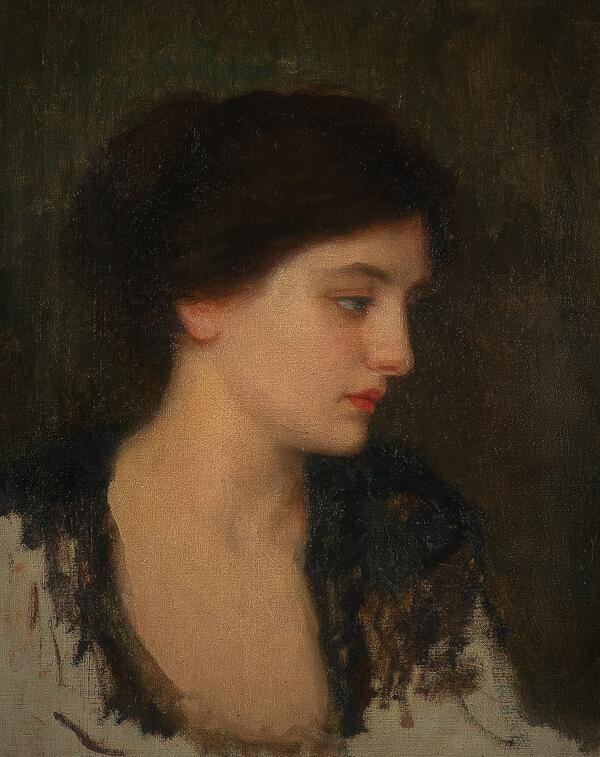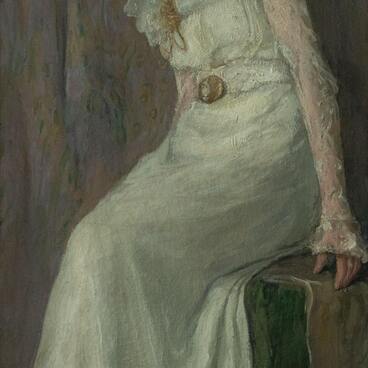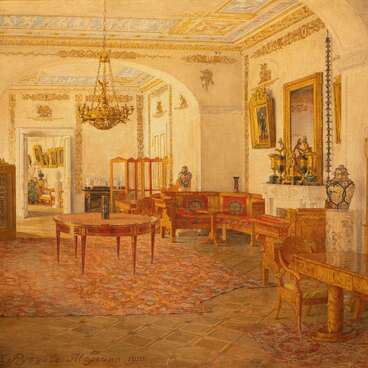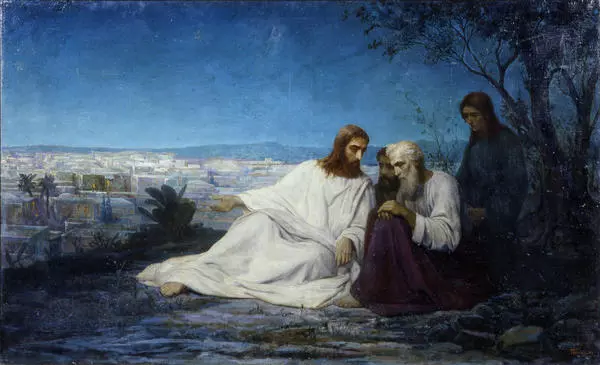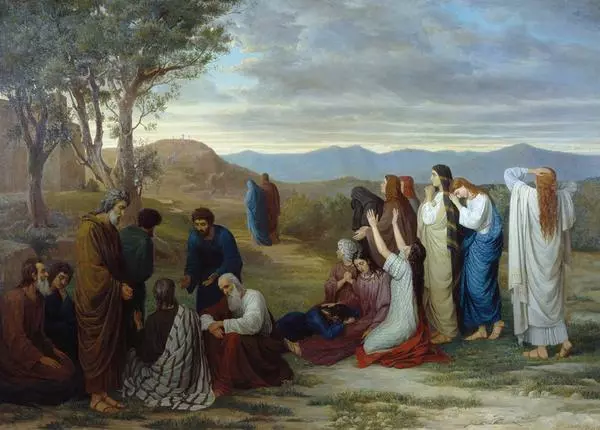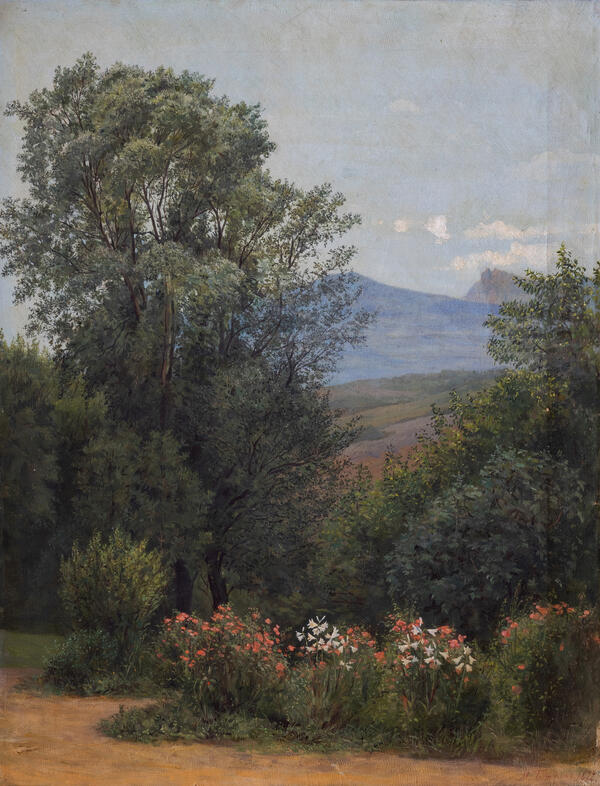Mikhail Botkin was born in 1839 into a merchant family in Moscow. The future artist was the brother of the famous doctor Sergey Botkin. From the age of two, Mikhail was left without a mother, and he lost his father at fourteen. He was brought up by his elder brother Vasily.
Botkin graduated from gymnasium and entered the Imperial Academy of Arts, where he studied under professors Fyodor Zavyalov and Fyodor Bruni.
In 1858, the artist went abroad. For several years he lived in Germany, France, and Italy, where he met the painter Alexander Ivanov.
The artist returned to Russia in 1863. At the Academy, he exhibited two paintings “Bacchante with a Tambourine” and “Lamentations of the Jews on the Rivers of Babylon”. For them, the Academy Council awarded Botkin the title of academician of historical painting. In 1879, the painter became a member of the Council of the Imperial Academy of Arts, as well as of the Society for the Encouragement of Arts.
Mikhail Botkin painted canvases on historical and biblical subjects, created genre paintings and portraits. He worked in the technique of oil painting and watercolors, painted with ink, graphite, and black chalk. He used canvases, wood and cardboard as a basis for his paintings.
Painting was not the main occupation for Botkin. The artist was well versed in the art in general, prepared etchings (molds) for printing and was interested in archeology. In addition, he was known as a collector. Botkin’s private collection contained applied art items, and the rarest works of ancient, Byzantine, Old Russian, Gothic, and Renaissance art. His collection was one of the most significant in Europe.
The museum collection “The Old Mansion” contains Botkin’s painting “Woman”s Head”. The study-like picture was created with swift brush strokes: most likely, the artist was planning a large picture and practiced fragments of it on small canvases. Botkin managed to convey the tenderness of the female image using a limited palette of mostly brown tones.
The portrait entered the funds of the Arkhangelsk Museum in 1929. It was donated by the State Russian Museum, which received the canvas from the artist’s workshop.
Botkin graduated from gymnasium and entered the Imperial Academy of Arts, where he studied under professors Fyodor Zavyalov and Fyodor Bruni.
In 1858, the artist went abroad. For several years he lived in Germany, France, and Italy, where he met the painter Alexander Ivanov.
The artist returned to Russia in 1863. At the Academy, he exhibited two paintings “Bacchante with a Tambourine” and “Lamentations of the Jews on the Rivers of Babylon”. For them, the Academy Council awarded Botkin the title of academician of historical painting. In 1879, the painter became a member of the Council of the Imperial Academy of Arts, as well as of the Society for the Encouragement of Arts.
Mikhail Botkin painted canvases on historical and biblical subjects, created genre paintings and portraits. He worked in the technique of oil painting and watercolors, painted with ink, graphite, and black chalk. He used canvases, wood and cardboard as a basis for his paintings.
Painting was not the main occupation for Botkin. The artist was well versed in the art in general, prepared etchings (molds) for printing and was interested in archeology. In addition, he was known as a collector. Botkin’s private collection contained applied art items, and the rarest works of ancient, Byzantine, Old Russian, Gothic, and Renaissance art. His collection was one of the most significant in Europe.
The museum collection “The Old Mansion” contains Botkin’s painting “Woman”s Head”. The study-like picture was created with swift brush strokes: most likely, the artist was planning a large picture and practiced fragments of it on small canvases. Botkin managed to convey the tenderness of the female image using a limited palette of mostly brown tones.
The portrait entered the funds of the Arkhangelsk Museum in 1929. It was donated by the State Russian Museum, which received the canvas from the artist’s workshop.

